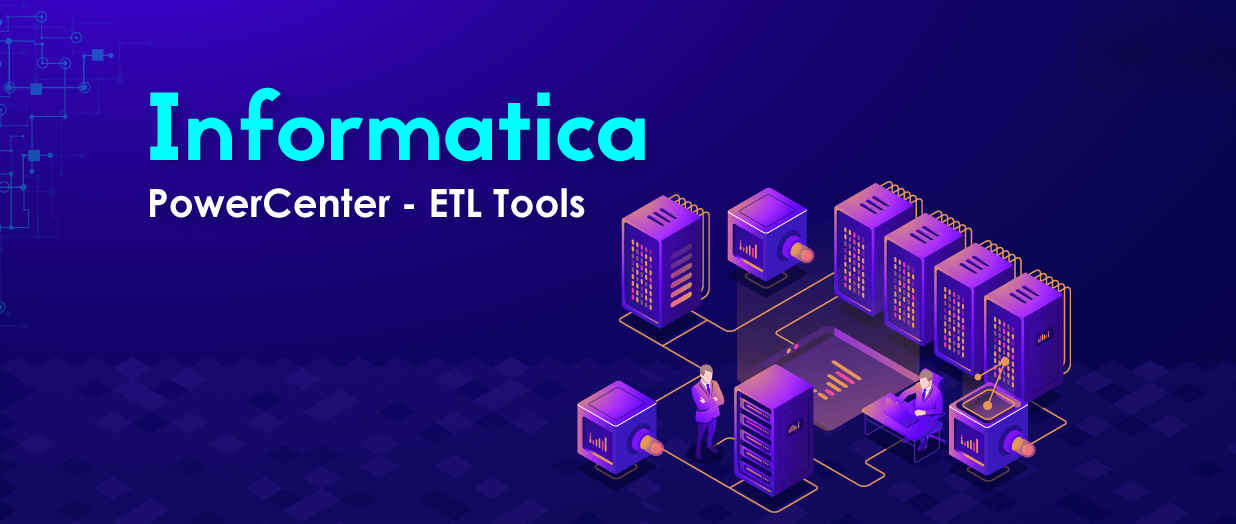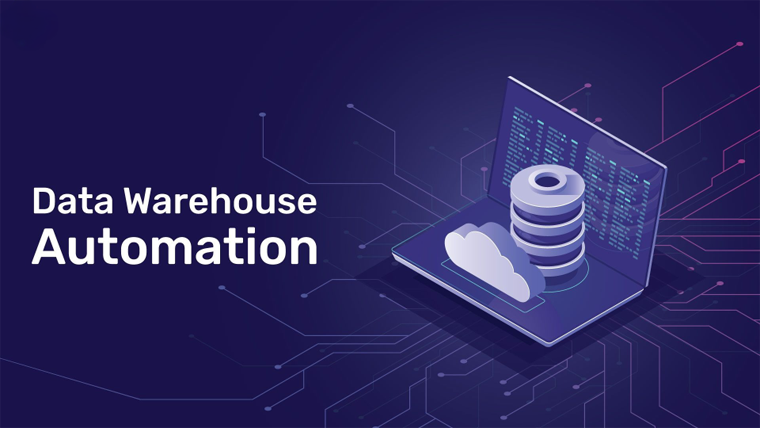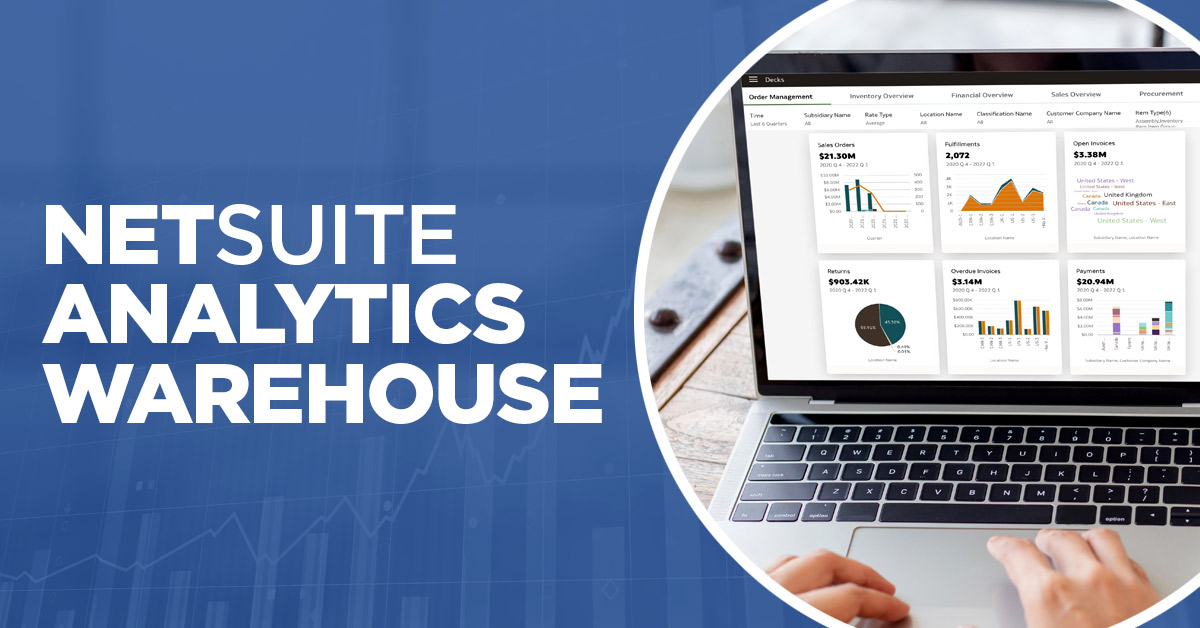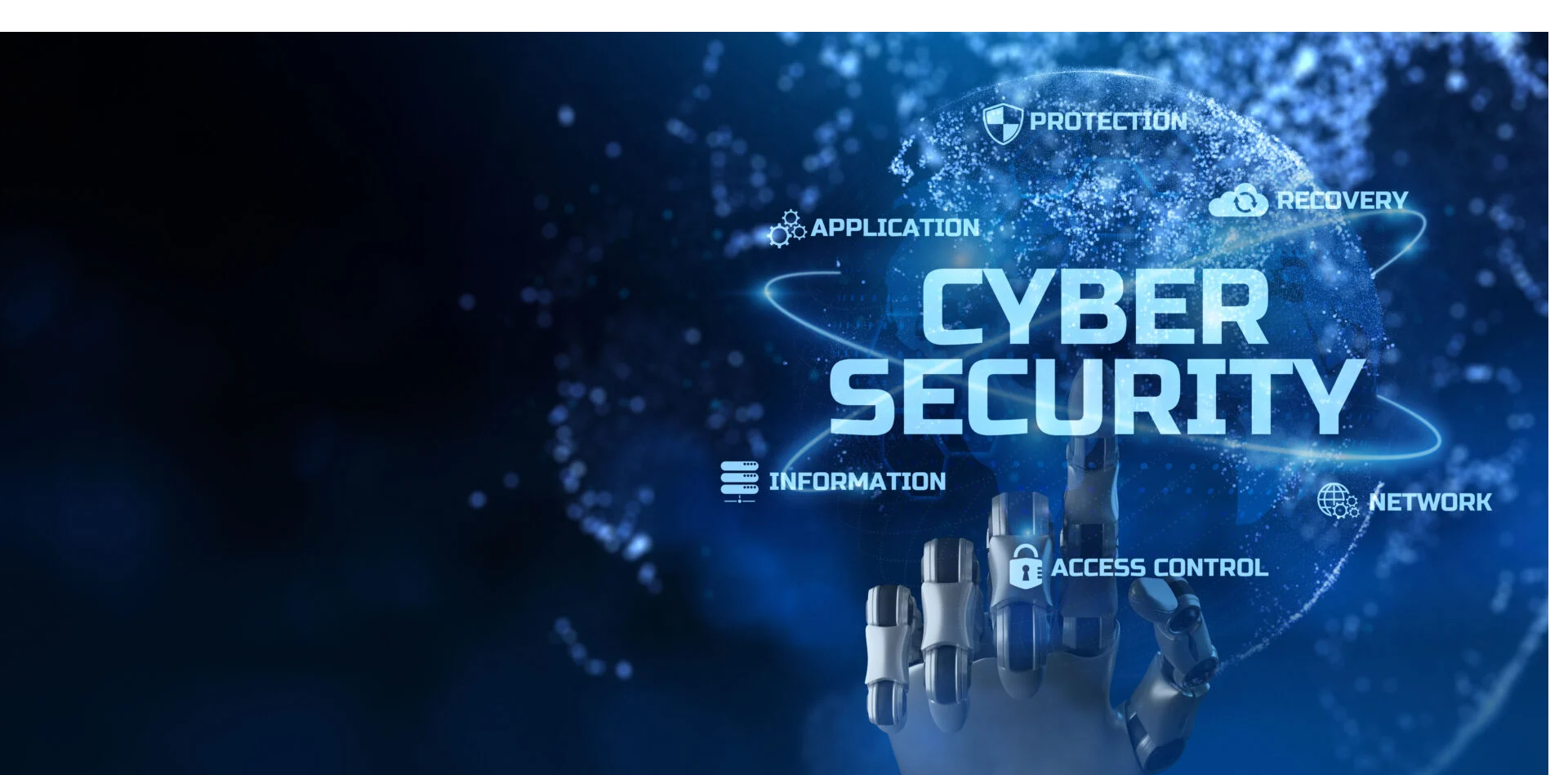
At its core, Azure is a public cloud computing platform—with solutions including Infrastructure as a Service (IaaS), Platform as a Service (PaaS), and Software as a Service (SaaS) that can be used for services such as analytics, virtual computing, storage, networking, and much more. It can be used to replace or supplement your on-premise servers.

AWS is a broadly adopted cloud platform that offers several on-demand operations like compute power, database storage, content delivery, etc., to help corporates scale and grow. AWS provides servers, storage, networking, remote computing, email, mobile development, and security. AWS accounts for about 13% of Amazon's total revenue as of Q2 2021. Amazon controls more than a third of the cloud market, almost twice its next closest competitor.
OBIEE/OBIA (Oracle Business Intelligence Enterprise Edition) is a BI tool by Oracle Corporation to gather, store, and analyze the data for enterprise reports, dashboards, scorecards and ad hoc analysis. OBIEE/OBIA is a multiple server architecture which uses Siebel Analytics technology to separate data access and presentation elements for analysis. Oracle OBIEE also offers a group of web-based tools for reporting and analyzing data based around dashboards, built around tables, graphs, pivots, etc. OBIEE/OBIA BI tool also provides a rich end-user experience.

Power BI is an interactive data visualization software product developed by Microsoft with primary focus on business intelligence. It is part of the Microsoft Power Platform. Power BI is a collection of software services, apps, and connectors that work together to turn unrelated sources of data into coherent, visually immersive, and interactive insights. Data may be input by reading directly from a database, webpage, or structured files such as spreadsheets, CSV, XML, and JSON.

Tableau is a visual analytics platform transforming the way we use data to solve problems empowering people and organizations to make the most of their data. Tableau was founded in 2003 as a result of a computer science project at Stanford that aimed to improve the flow of analysis and make data more accessible to people through visualization. This includes making machine learning, statistics, natural language, and smart data more useful to augment human creativity in analysis. Tableau was acquired by Salesforce in 2019, and our mission remains the same: to help people see and understand their data. Today, organizations everywhere, from nonprofits to global enterprises and across all industries and departments.
Data analysis is very fast with Tableau tool and the visualizations created are in the form of dashboards and worksheets. The best feature of Tableau software are:
The great thing about Tableau software is that it does not require any technical or any kind of programming skills to operate. The tool has garnered interest among the people from all sectors such as business, researchers, different industries, etc.

The meaning of the OAC is also explained earlier. Till now you might have got some idea about the acronym, abbreviation or meaning of OAC. What does OAC mean? is explained earlier. You might also like some similar terms related to OAC to know more about it. This site contains various terms related to bank, insurance companies, automobiles, finance, mobile phones, software, computers, traveling, school, colleges, studies, health, and other terms.


Informatica is a software development company that offers data integration products. It provides products for ETL, data masking, data quality, data replication, data virtualization, master data management, etc. Informatica PowerCenter ETL/Data Integration tool is the most widely used tool. When we say Informatica, it generally refers to the Informatica PowerCenter tool for ETL.
Oracle Data Integrator (ODI) is a data integration software product. From the Oracle documentation: "A widely used data integration software product, Oracle Data Integrator provides a new declarative design approach to defining data transformation and integration processes, resulting in faster and simpler development and maintenance. Based on a unique E-LT architecture (Extract - Load Transform), Oracle Data Integrator not only guarantees the highest level of performance possible for the execution of data transformation and validation processes but is also the most cost-effective solution available today.
DataStage (DS) is an ETL tool that can extract data, transform it, apply business principles, and then load it to any specific target. It is a part of IBM’s Information Platforms Solutions suite and also that of InfoSphere. DataStage makes use of graphical notations for constructing data integration solutions. It can integrate all types of data, which includes big data at rest or in motion, and on platforms that may be distributed or mainframe in nature.
Informatica Corporation is a leading provider of enterprise data integration software and services. Founded in 1993, Informatica has established itself as a key player in the data management industry, offering a comprehensive suite of products designed to facilitate the efficient and effective integration, management, and governance of data across various platforms and systems.

Tessi is a powerful ETL (Extract, Transform, Load) tool designed for efficient data integration and processing. It provides robust capabilities for extracting data from various sources, transforming it into a consistent format, and loading it into target systems.

A Snowflake database is where an organization's uploaded structured and semistructured data sets are held for processing and analysis. Snowflake automatically manages all parts of the data storage process, including organization, structure, metadata, file size, compression, and statistics.

MuleSoft is a vendor that provides an integration platform to help businesses connect data, applications, and devices across on-premises and cloud computing environments. It enables businesses to roll out new initiatives quickly, engage directly with customers through digital and in-store channels, deliver a better customer experience, and streamline IT resources by eliminating the need to build separate integrations for different systems.

Java is a general-purpose, class-based, object-oriented programming language designed for having lesser implementation dependencies. It is a computing platform for application development. Java is fast, secure, and reliable. It is widely used for developing Java applications in laptops, data centers, game consoles, scientific supercomputers, cell phones, etc.

.NET is an open-source and cross-platform development platform for building many types of applications. Designed by Microsoft, the platform supports multiple programming languages and libraries to build web, mobile, desktop, IoT applications, and more.

System administration is the field of work in which someone manages one or more systems, be they software, hardware, servers, or workstations. Its goal is ensuring the systems are running efficiently and effectively.
System administration involves managing various components such as software, hardware, servers, and workstations to ensure they are running efficiently and effectively.

Data governance is a collection of processes, roles, policies, standards, and metrics that ensure the effective and efficient use of information in enabling an organization to achieve its goals. It establishes the processes and responsibilities that ensure the quality and security of the data used across a business or organization. Data governance defines who can take what action, upon what data, in what situations, using what methods. A well-crafted data governance strategy is fundamental for any organization that works with big data, and will explain how your business benefits from consistent, common processes and responsibilities. Business drivers highlight what data needs to be carefully controlled in your data governance strategy and the benefits expected from this effort. This strategy will be the basis of your data governance framework.

OCI is used by businesses of all sizes and across various industries to accelerate their digital transformation initiatives, improve agility, and reduce costs. With a focus on performance, reliability, and innovation, OCI continues to evolve to meet the changing needs of modern enterprises.
Key aspects and offerings of OCI include:

Automated Data Warehouse (ADW) is a modern approach to data warehousing that leverages automation to simplify and accelerate the process of building and managing data warehouses. ADW automates various tasks such as data integration, schema design, performance tuning, and maintenance, enabling organizations to quickly deploy and scale data warehouses with minimal manual effort.
By adopting ADW, businesses can benefit from faster time-to-insight, reduced operational costs, and increased agility in responding to changing business requirements. ADW also facilitates advanced analytics and business intelligence initiatives by providing a scalable and reliable platform for storing and analyzing large volumes of data.

NetSuite Analytics Warehouse (AW) is a cloud-based data warehousing solution designed to provide businesses with a comprehensive platform for collecting, storing, and analyzing their data. Built on the Oracle Cloud Infrastructure (OCI), AW integrates seamlessly with NetSuite ERP, CRM, and other business applications to deliver real-time insights and intelligence.
AW enables organizations to consolidate data from multiple sources, including transactional systems, customer interactions, and third-party applications, into a centralized data repository. This data repository serves as a foundation for advanced analytics, reporting, and decision-making, empowering businesses to gain deeper insights into their operations, customers, and market trends.
By leveraging NetSuite Analytics Warehouse, businesses can drive informed decision-making, optimize performance, and unlock new opportunities for growth and innovation.

Cybersecurity is the art of protecting networks, devices, and data from unauthorized access or criminal use and the practice of ensuring confidentiality, integrity, and availability of information. It seems that everything relies on computers and the internet now—communication (e.g., email, smartphones, tablets), entertainment (e.g., interactive video games, social media, apps ), transportation (e.g., navigation systems), shopping (e.g., online shopping, credit cards), medicine (e.g., medical equipment, medical records), and the list goes on. How much of your daily life relies on technology? How much of your personal information is stored either on your own computer, smartphone, tablet or on someone else's system?